Home>diy>Building & Construction>What Is Sustainability In Construction Industry


Building & Construction
What Is Sustainability In Construction Industry
Modified: March 24, 2024
Learn about sustainability in the construction industry and its impact on building construction. Explore the importance of eco-friendly practices and innovative solutions.
(Many of the links in this article redirect to a specific reviewed product. Your purchase of these products through affiliate links helps to generate commission for Storables.com, at no extra cost. Learn more)
Introduction
The construction industry plays a vital role in shaping society by creating the infrastructure we rely on every day. However, traditional construction practices often have a significant negative impact on the environment and consume valuable resources. This has led to the emergence of sustainability in the construction industry, a concept that aims to balance the needs of the present without compromising the ability of future generations to meet their needs.
Sustainability in construction refers to the adoption of practices that minimize the environmental, social, and economic impacts of building projects. It involves considering the entire lifecycle of a building, from design and construction to operation and eventual demolition or repurposing.
In recent years, the importance of sustainability in the construction industry has gained significant traction. With the growing recognition of climate change, resource depletion, and social inequalities, stakeholders in the industry have started to embrace sustainable practices as a way to mitigate these challenges.
One of the primary reasons why sustainability is crucial in the construction industry is its potential to minimize environmental damage. Traditional construction methods often result in excessive waste generation, depletion of natural resources, and increased carbon emissions. Sustainable construction practices, on the other hand, prioritize energy efficiency, waste reduction, and the use of eco-friendly materials. This significantly reduces the industry’s carbon footprint and helps mitigate the impact of climate change.
Furthermore, sustainability in construction also brings economic benefits. While there may be an upfront cost associated with implementing sustainable practices, the long-term financial gains are substantial. Energy-efficient buildings have lower operating costs due to reduced energy consumption, while the use of renewable energy sources can lead to significant savings in the long run. Additionally, adopting sustainable construction practices can enhance a company’s reputation, attracting environmentally conscious clients and investors.
Beyond the environmental and economic benefits, sustainability in construction also addresses social concerns. It prioritizes the well-being of occupants by creating healthier indoor environments, promoting accessibility and inclusivity, and reducing the use of toxic materials. Sustainable construction projects also have the potential to create employment opportunities and contribute to local economies.
In the following sections, we will delve into the key principles of sustainable construction, highlight the importance of sustainable materials and technologies, discuss the challenges and barriers to achieving sustainability in the industry, and examine case studies of successful sustainable construction projects.
Through this exploration, we aim to shed light on the significance of sustainability in the construction industry and inspire stakeholders to adopt sustainable practices that prioritize the health of our planet and the well-being of future generations.
Key Takeaways:
- Sustainable construction practices prioritize environmental responsibility, resource efficiency, and social well-being, contributing to a more resilient and equitable built environment.
- Overcoming challenges such as cost considerations, lack of awareness, and resistance to change is crucial for the widespread adoption of sustainable construction practices.
Read more: What Is Sustainable Construction
Definition of Sustainability in Construction Industry
Sustainability in the construction industry refers to the practice of designing, constructing, and operating buildings and infrastructure in a manner that minimizes negative environmental impacts, maximizes resource efficiency, and supports social well-being. It involves considering the entire lifecycle of a project, from planning and design to construction, operation, maintenance, and eventual decommissioning or repurposing.
At its core, sustainability in construction aims to strike a harmonious balance between meeting the present needs of society while ensuring the ability of future generations to meet their own needs. It recognizes that our natural resources are finite and that the actions we take today have long-lasting implications for the planet and future inhabitants.
In the context of the construction industry, sustainability is often assessed through the triple bottom line approach, which considers environmental, social, and economic factors. This holistic perspective takes into account the impact of design choices, construction materials, energy use, waste generation, water consumption, and the overall impact on human health and well-being.
There are several key aspects that define sustainability in the construction industry:
- Environmental Impact: Sustainable construction practices aim to minimize the negative environmental impact of buildings and infrastructure. This includes reducing greenhouse gas emissions, minimizing energy consumption, using renewable energy sources, conserving water resources, managing waste effectively, and preserving biodiversity. It also involves designing buildings that can withstand the impacts of climate change, such as extreme weather events.
- Resource Efficiency: Sustainable construction focuses on optimizing resource use by promoting the use of recycled and renewable materials, minimizing waste generation, and incorporating energy-efficient systems and technologies. This includes embracing sustainable site selection and design, implementing efficient construction processes, and using materials with a low carbon footprint.
- Social Well-being: Sustainable construction seeks to enhance the quality of life for building occupants and the surrounding community. This involves creating healthy and comfortable indoor environments with good air quality, natural lighting, and proper ventilation. It also prioritizes accessibility and inclusivity, ensuring that buildings are accessible to all individuals, regardless of their physical abilities or disabilities.
- Economic Viability: Sustainability in construction recognizes that financially responsible decisions lead to long-term success. It involves considering the life cycle cost of a building, including initial construction costs, operating costs, maintenance costs, and eventual decommissioning or repurposing costs. By incorporating energy-efficient systems, sustainable materials, and innovative technologies, sustainable construction projects can achieve cost savings over the lifespan of a building.
Overall, sustainability in the construction industry aims to transform the way buildings and infrastructure are designed, built, and operated. It involves a shift towards more environmentally friendly, socially responsible, and economically viable practices, with the ultimate goal of creating a sustainable built environment that supports a thriving future for generations to come.
Importance of Sustainability in Construction Industry
The importance of sustainability in the construction industry cannot be overstated. As the world faces pressing challenges such as climate change, resource depletion, and social inequalities, the construction industry has a significant role to play in mitigating these issues and shaping a more sustainable future. Here are some key reasons why sustainability is crucial in the construction industry:
Environmental Protection: The construction industry is a major contributor to environmental degradation. Traditional construction practices often result in high levels of carbon emissions, energy consumption, and waste generation. By embracing sustainable construction practices, we can significantly reduce these negative impacts. Using energy-efficient technologies, eco-friendly materials, and adopting renewable energy sources can help minimize carbon emissions. Additionally, waste reduction and effective waste management strategies can reduce the burden on landfills and conserve natural resources.
Resource Efficiency: The construction industry is a significant consumer of natural resources. By promoting resource efficiency, sustainable construction practices minimize resource depletion and support a circular economy. This involves optimizing material use through recycling and reusing materials, utilizing renewable materials, and adopting innovative building techniques. Additionally, energy-efficient designs and systems help reduce energy consumption and reliance on non-renewable energy sources.
Cost Savings: While there may be initial financial investments associated with sustainable construction practices, they can lead to substantial cost savings in the long run. Energy-efficient buildings have lower operational costs due to reduced energy consumption. Innovative technologies, such as smart building management systems and renewable energy systems, can generate savings over the life cycle of a building. Furthermore, sustainable construction practices can mitigate risks associated with rising energy prices and stricter regulations, ensuring long-term economic stability for building owners and operators.
Improved Occupant Health and Well-being: Sustainable construction practices prioritize the health and well-being of building occupants. Through proper ventilation, natural lighting, and the use of non-toxic materials, sustainable buildings create healthier indoor environments. This can lead to improved air quality, better thermal comfort, and reduced exposure to harmful chemicals. Additionally, sustainable design elements, such as access to green spaces and natural views, can enhance occupant productivity, well-being, and satisfaction.
Enhanced Reputation and Market Competitiveness: Embracing sustainability in the construction industry can help companies differentiate themselves and gain a competitive edge. Clients, investors, and stakeholders are increasingly demanding environmentally responsible practices and sustainable buildings. By showcasing a commitment to sustainability, construction companies can attract environmentally conscious clients, secure partnerships with sustainability-focused organizations, and access a growing sustainability-driven market.
Regulatory Compliance: Governments and regulatory bodies around the world are implementing stricter regulations and standards concerning energy efficiency, carbon emissions, and sustainable practices. Embracing sustainability in the construction industry ensures compliance with these regulations and reduces the risk of potential penalties and legal challenges. It also positions companies to take advantage of incentives and grants available to support sustainable construction projects.
The importance of sustainability in the construction industry extends beyond individual building projects. It contributes to global efforts to address climate change, protect ecosystems, and create a more equitable society. By adopting sustainable practices, the construction industry can become a powerful force for positive change and help build a sustainable future for generations to come.
Economic Benefits of Sustainable Construction
Sustainable construction practices offer a range of economic benefits that extend beyond environmental considerations. While there may be initial costs associated with implementing sustainable measures, the long-term financial advantages are significant. Here are some key economic benefits of sustainable construction:
Reduced Operating Costs: Sustainable buildings are designed to be energy efficient, leading to lower operating costs. By incorporating energy-efficient systems such as LED lighting, high-performance insulation, and efficient heating, ventilation, and air conditioning (HVAC) systems, buildings can significantly reduce their energy consumption. This, in turn, results in reduced utility bills and long-term cost savings. Additionally, water-efficient fixtures and rainwater harvesting systems can lower water consumption, further reducing operational expenses.
Increased Property Value and Market Demand: Sustainable buildings typically have higher property values compared to traditional buildings. As society becomes more conscious of environmental and social issues, the demand for sustainable properties is increasing. Buildings with green certifications, such as LEED (Leadership in Energy and Environmental Design), tend to attract premium pricing and have higher resale values. Investing in sustainability can, therefore, enhance the marketability and attractiveness of a building, attracting buyers and tenants who prioritize sustainability.
Decreased Maintenance and Replacement Costs: Sustainable construction often involves the use of durable materials and systems that require less maintenance and have longer lifespans. For example, utilizing high-quality roofing materials and well-insulated walls can reduce the need for costly repairs and replacements. Additionally, sustainable construction practices consider the use of environmentally friendly and non-toxic materials that are less prone to damage and deterioration, resulting in lower maintenance costs over time.
Incentives and Grants: Governments and organizations offer various incentives and grants to promote sustainable construction. These financial benefits can help offset the initial costs associated with implementing sustainable practices. Examples include tax credits for energy-efficient buildings, grants for eco-friendly building design, and subsidies for renewable energy systems. Taking advantage of these incentives can significantly reduce the financial burden and improve the return on investment for sustainable construction projects.
Improved Occupant Productivity and Health: Sustainable buildings create healthier and more comfortable indoor environments, which can contribute to increased occupant productivity and well-being. Studies have shown that occupants in sustainable buildings experience fewer sick days, have higher levels of satisfaction, and are more productive. This can result in direct economic benefits for businesses, as employee productivity improves and absenteeism decreases.
Positive Brand Reputation and Marketing Opportunities: Embracing sustainability in construction can enhance a company’s reputation and attract environmentally conscious clients and investors. Organizations that prioritize sustainability often stand out in the market as leaders in corporate social responsibility. This favorable brand image can lead to increased business opportunities, partnerships, and customer loyalty. Moreover, integrating sustainability into marketing efforts can resonate with target audiences and differentiate a company in a competitive marketplace.
Long-Term Resilience and Risk Mitigation: Sustainable construction practices can help protect investments in the face of changing regulations and market dynamics. As environmental concerns and energy efficiency requirements become more stringent, sustainable buildings are positioned to meet future standards and reduce the risk of non-compliance. Additionally, sustainable buildings are better equipped to withstand the impacts of climate change, such as extreme weather events, reducing the risk of costly damage and disruptions.
By considering the economic benefits of sustainable construction, stakeholders in the industry can make informed decisions that not only support the environment but also contribute to long-term financial prosperity. The initial investment in sustainable construction can result in substantial cost savings, improved property value, and enhanced market competitiveness, paving the way for a sustainable and economically viable future.
Environmental Benefits of Sustainable Construction
Sustainable construction practices have a profound positive impact on the environment, addressing pressing environmental challenges and promoting a more sustainable future. By implementing environmentally friendly measures throughout the construction process, we can reduce resource depletion, minimize pollution, and mitigate climate change. Here are some key environmental benefits of sustainable construction:
Reduced Greenhouse Gas Emissions: Traditional construction methods are a significant source of greenhouse gas emissions, contributing to climate change. Sustainable construction practices prioritize energy efficiency and the use of renewable energy sources, reducing the carbon footprint of buildings. By incorporating energy-efficient technologies, such as efficient HVAC systems, LED lighting, and insulation, sustainable buildings can minimize energy consumption and subsequently lower greenhouse gas emissions. Additionally, integration of renewable energy technologies like solar panels or wind turbines further reduces reliance on fossil fuels and decreases emissions.
Energy Conservation: Sustainable construction focuses on minimizing energy consumption throughout the entire life cycle of a building. By optimizing the design and orientation of the structure, harnessing natural light, and utilizing energy-efficient fixtures and appliances, buildings can significantly reduce energy demand. This results in decreased reliance on fossil fuels and helps conserve valuable energy resources. Moreover, incorporating smart technologies that facilitate energy monitoring and management can promote more efficient energy use and further reduce energy waste.
Water Conservation: Sustainable construction considers strategies to optimize water usage and minimize water waste. By incorporating water-saving fixtures, such as low-flow faucets and toilets, and implementing rainwater harvesting systems, buildings can reduce water consumption. Moreover, sustainable landscaping practices, like using native and drought-tolerant plants, implementing efficient irrigation systems, and utilizing permeable surfaces, can reduce water demand for outdoor use. These measures help conserve water resources, particularly in regions facing water scarcity or frequent droughts.
Waste Reduction and Recycling: Traditional construction practices often result in significant waste generation, contributing to landfill congestion and pollution. Sustainable construction promotes waste reduction, reuse, and recycling. Through careful planning, construction companies can minimize waste by optimizing material usage and adopting lean construction principles. In addition, recycling and salvaging materials, such as concrete, wood, and steel, can divert waste from landfills and reduce the demand for virgin resources. Proper waste management practices throughout the construction process ensure that materials are disposed of in an environmentally responsible manner.
Preservation of Natural Resources: Sustainable construction endeavors to minimize the depletion of natural resources. This includes the use of sustainable and responsibly sourced materials, such as recycled or reclaimed wood, natural and low-impact materials, and eco-friendly insulation options. By prioritizing resource efficiency and minimizing resource extraction, sustainable construction helps protect ecosystems, reduce habitat destruction, and conserve non-renewable resources.
Biodiversity Conservation: Sustainable construction practices take into account the impact on biodiversity by preserving natural habitats and protecting local ecosystems. Techniques such as green roof installations, which provide habitats for plants and animals, and the incorporation of native landscaping can foster biodiversity within urban environments. Additionally, sustainable construction projects often prioritize the conservation of natural areas and aim to minimize negative impacts on surrounding wildlife and ecosystems.
Climate Change Adaptation: Sustainable construction considers the impacts of climate change and aims to build resilient structures that can withstand extreme weather events. By integrating climate-responsive design elements, such as flood-resistant measures, improved insulation to mitigate heatwaves, and stormwater management systems, buildings can adapt to changing climatic conditions. This enhances the resilience of the built environment and promotes long-term sustainability.
Sustainable construction practices are crucial for mitigating environmental challenges and promoting a greener, more sustainable future. By reducing greenhouse gas emissions, conserving energy and water, minimizing waste, and preserving natural resources, the construction industry can significantly contribute to global environmental efforts. Embracing sustainable construction practices is not only essential for protecting the environment but also for creating healthier, more livable communities for both current and future generations.
Read more: What Is Sustainable Construction?
Social Benefits of Sustainable Construction
Sustainable construction practices go beyond environmental considerations and have a profound positive impact on society. By prioritizing social well-being, sustainable construction projects aim to create healthier, more inclusive, and sustainable communities. Here are some key social benefits of sustainable construction:
Improved Indoor Environmental Quality: Sustainable buildings prioritize the health and well-being of occupants by creating healthier indoor environments. They incorporate features such as proper ventilation systems, effective air filtration, and the use of non-toxic materials. This helps improve indoor air quality, reducing the risk of respiratory issues, allergies, and other health problems. Additionally, maximizing natural light, utilizing acoustic insulation, and optimizing thermal comfort contribute to a more pleasant and productive living and working environment.
Enhanced Well-being and Comfort: Sustainable construction promotes the well-being and comfort of building occupants. Incorporating elements of biophilic design, such as access to green spaces and natural views, can provide a sense of connection to nature and improve mental health and productivity. Sustainable buildings also prioritize occupant comfort through thoughtful design, ergonomic considerations, and the use of technologies that allow for personalized control of lighting and temperature. A comfortable and healthy environment supports the physical and mental well-being of individuals and enhances their overall quality of life.
Accessibility and Inclusivity: Sustainable construction emphasizes the importance of creating accessible and inclusive spaces. It considers the needs of all individuals, regardless of their physical abilities or disabilities. This includes features such as ramps, elevators, accessible parking spaces, wide corridors, and accessible bathrooms to ensure ease of movement and use for people with disabilities. By creating inclusive spaces, sustainable construction promotes equal opportunity, advocating for diversity and social equity.
Community Engagement and Empowerment: Sustainable construction projects often involve engagement with local communities. This includes seeking input from residents, stakeholders, and community organizations in the planning and design stages of a project. Engaging stakeholders fosters a sense of ownership, empowers local communities, and ensures that the project meets their specific needs and aspirations. Furthermore, sustainable construction projects can provide training and employment opportunities to local residents, contributing to the economic vitality of the community.
Education and Awareness: Sustainable construction projects serve as platforms for education and raising awareness about environmental and social issues. They provide opportunities to showcase sustainable practices and technologies, demonstrating the benefits of these approaches to a wide audience. Sustainable buildings can be used as educational tools, promoting eco-friendly strategies and encouraging individuals and organizations to adopt more sustainable behaviors in their daily lives and operations.
Collaboration and Knowledge Sharing: Sustainable construction practices require collaboration among various stakeholders, including architects, engineers, contractors, and suppliers. This collaboration fosters knowledge sharing and encourages innovation in sustainable design and construction techniques. By sharing best practices and lessons learned, the industry can continuously improve and advance sustainable construction methods, accelerating the transition towards a more sustainable built environment.
Positive Social Image and Community Impact: Embracing sustainability in construction can enhance a company’s reputation and create a positive social image. Companies that prioritize sustainable practices are often viewed as socially responsible and community-oriented, which can lead to increased trust and support from the local community. Sustainable construction projects have the potential to bring about positive change and leave a lasting legacy, demonstrating a commitment to social well-being and contributing to the long-term sustainability of communities.
Sustainable construction practices not only benefit the environment but also have a profound impact on the social fabric of communities. By creating healthier, more inclusive, and sustainable spaces, sustainable construction projects contribute to the well-being and quality of life of building occupants and the surrounding community. Through consideration of social factors, the construction industry can become a catalyst for positive social change, promoting equity, well-being, and empowerment.
When considering sustainability in the construction industry, prioritize the use of environmentally friendly materials and energy-efficient design to minimize the project’s impact on the environment.
Key Principles of Sustainable Construction
Sustainable construction is guided by a set of key principles that shape the design, construction, and operation of buildings and infrastructure. These principles serve as a framework to ensure that construction practices prioritize environmental responsibility, resource efficiency, and social well-being. Here are the key principles of sustainable construction:
1. Energy Efficiency: Energy efficiency is a cornerstone of sustainable construction. Buildings account for a significant portion of global energy consumption, and reducing energy consumption is crucial for minimizing greenhouse gas emissions and combating climate change. Sustainable construction practices incorporate energy-efficient design elements, technologies, and materials to optimize energy use and reduce reliance on non-renewable energy sources. These may include efficient insulation, high-performance windows, LED lighting, and energy management systems that monitor and control energy usage.
2. Material Selection: Sustainable construction prioritizes the use of environmentally friendly and resource-efficient materials. This includes selecting materials with low embodied energy and carbon footprint, such as recycled or reclaimed materials, sustainably sourced wood, and non-toxic materials. Sustainable construction also considers the life cycle of materials, choosing options that are durable, recyclable, and require less maintenance. By minimizing material waste and utilizing eco-friendly alternatives, sustainable construction reduces the depletion of natural resources and minimizes environmental impact.
3. Water Management: Sustainable construction incorporates strategies to optimize water usage and minimize water waste. This includes the use of water-efficient fixtures, rainwater harvesting systems, greywater recycling, and landscaping approaches that minimize irrigation needs. By reducing water consumption and adopting innovative water management techniques, sustainable construction projects contribute to water conservation efforts and help alleviate water scarcity concerns.
4. Waste Reduction and Recycling: Sustainable construction aims to minimize waste generation throughout the construction process. This involves adopting lean construction practices, optimizing material usage, and implementing effective waste management systems. Construction sites can segregate and recycle waste, ensuring that materials are diverted from landfills and reused whenever possible. Sustainable construction projects also prioritize the use of recycled or salvaged materials, reducing the demand for new resources.
5. Indoor Environmental Quality: Sustainable construction focuses on creating healthy and comfortable indoor environments for building occupants. This includes ensuring proper ventilation systems, good indoor air quality, adequate natural lighting, and effective thermal comfort solutions. Sustainable buildings use non-toxic and eco-friendly materials that minimize chemical emissions and promote healthy indoor environments. Additionally, incorporating elements of biophilic design, such as access to nature, improves occupant well-being and connection to the natural environment.
6. Adaptation to Climate Change: Sustainable construction considers the impacts of climate change and integrates strategies to enhance the resilience of buildings. This may include designing structures to withstand extreme weather events, such as floods and heatwaves, or incorporating green infrastructure to manage stormwater and reduce urban heat island effects. By planning for climate resilience, sustainable construction projects ensure the longevity and functionality of buildings in a changing climate.
7. Social Equity and Community Engagement: Sustainable construction emphasizes social equity and community engagement. This involves engaging local communities in the design and planning processes, incorporating their input and addressing their specific needs. Sustainable construction projects prioritize creating inclusive spaces that are accessible to all individuals, regardless of physical abilities. They also provide opportunities for training and employment, contributing to local economic development and empowerment.
8. Lifecycle Assessment and Performance Monitoring: Sustainable construction includes a life cycle assessment approach that considers the environmental, social, and economic impact of a building throughout its entire lifecycle. This holistic assessment helps identify areas for improvement and informs decision-making from project inception to operation and eventual decommissioning. Additionally, sustainable construction involves ongoing performance monitoring to ensure that buildings continue to operate efficiently and meet sustainability objectives.
By adhering to these key principles, sustainable construction practices can contribute to the creation of buildings and infrastructure that are environmentally responsible, resource-efficient, and socially beneficial. By considering the interplay between these principles, the construction industry can drive positive change and build a sustainable future.
Sustainable Materials and Technologies in Construction
Sustainable construction relies on the use of environmentally friendly materials and innovative technologies to reduce the environmental impact of building projects. By choosing sustainable materials and implementing cutting-edge technologies, the construction industry can contribute to a more sustainable and resilient built environment. Here are some key sustainable materials and technologies used in construction:
1. Recycled Materials: Utilizing recycled materials, such as recycled concrete aggregate, reclaimed timber, and recycled metal, helps reduce the demand for virgin resources and minimizes waste generation. These materials can be used in various applications, including structural elements and finishes, without compromising quality or performance. Using recycled materials in construction reduces the carbon footprint associated with sourcing and manufacturing new materials, contributing to a circular economy.
2. Sustainable Wood: Sustainable wood, sourced from responsibly managed forests, is an eco-friendly and renewable building material. Certifications such as Forest Stewardship Council (FSC) ensure that the wood has been harvested using sustainable practices that protect ecosystems and maintain biodiversity. Sustainable wood can be used for structural elements, flooring, cladding, and furniture, reducing reliance on non-renewable materials and carbon-intensive alternatives.
3. High-Performance Insulation: Insulation is a crucial element in reducing energy consumption and maintaining thermal comfort in buildings. High-performance insulation materials, such as cellulose, fiberglass, and mineral wool, can significantly enhance the energy efficiency of a building. These materials have excellent thermal resistance, reducing the need for mechanical heating or cooling systems. Additionally, using insulation made from recycled or bio-based materials further improves the sustainability of the building envelope.
4. Green Roofs and Walls: Green roofs and walls, also known as living roofs and walls, involve the incorporation of vegetation on rooftops or vertical surfaces. They provide numerous environmental benefits, including improved insulation, reduced stormwater runoff, and enhanced biodiversity. Green roofs and walls help reduce the urban heat island effect, improve air quality, and create aesthetically pleasing spaces that support occupant well-being.
5. Solar Panels and Renewable Energy Systems: Integrating solar panels and other renewable energy systems, such as wind turbines or geothermal heat pumps, reduces reliance on fossil fuel-based energy sources. By harnessing renewable energy, buildings can generate their electricity and reduce greenhouse gas emissions. Advances in solar panel technology have made them more affordable and efficient, making them a viable option for sustainable construction projects.
6. Water-Efficient Fixtures and Systems: Water efficiency is a critical aspect of sustainable construction. Implementing water-efficient fixtures, such as low-flow faucets, showers, and dual-flush toilets, reduces water consumption without sacrificing user comfort. Additionally, implementing greywater recycling systems and rainwater harvesting techniques can provide alternative sources of water for non-potable uses, such as irrigation or toilet flushing.
7. Smart Building Technologies: Smart building technologies, including automated lighting systems, occupancy sensors, and energy management systems, optimize energy use and enhance building performance. These technologies allow for real-time monitoring and control of energy consumption, enabling efficient operation and reduced wasted energy. Utilizing intelligent building systems results in enhanced energy efficiency, improved occupant comfort, and better overall building management.
8. Modular Construction: Modular construction involves building components and systems off-site in a controlled environment and assembling them on-site. This approach reduces construction waste and improves construction efficiency by minimizing disruption to the environment and nearby communities. Modular construction also allows for high-quality precision and flexibility in design, leading to durable and adaptable buildings.
9. Low-Emission and Non-Toxic Materials: Sustainable construction prioritizes the use of low-emission and non-toxic materials to create a healthier indoor environment. This includes selecting paints, sealants, adhesives, and finishes with low or no volatile organic compounds (VOCs). Using non-toxic materials ensures better air quality and reduces the exposure of occupants to harmful substances.
10. Building Information Modeling (BIM): Building Information Modeling (BIM) is a digital representation tool that allows for integrated and collaborative design, construction, and operation processes. BIM facilitates efficient resource management, reduces waste, and enables the optimization of building performance. It enables stakeholders to visualize the entire construction project, enhancing communication, and improving decision-making for sustainable outcomes.
These sustainable materials and technologies demonstrate the industry’s commitment to reducing environmental impact, conserving resources, and creating healthier and more energy-efficient buildings. By embracing these innovations, the construction industry can contribute to a sustainable future and address the challenges of climate change and resource depletion.
Challenges and Barriers to Achieving Sustainability in the Construction Industry
While there is a growing recognition of the importance of sustainability in the construction industry, several challenges and barriers hinder its widespread adoption. Overcoming these obstacles is crucial to accelerating the transition toward a more sustainable built environment. Here are some of the key challenges and barriers to achieving sustainability in the construction industry:
1. Cost Considerations: One of the primary challenges in implementing sustainable construction practices is the perception that they are cost-prohibitive. While there may be upfront costs associated with sustainable design, materials, and technologies, the long-term economic benefits often outweigh the initial investment. However, the perception of increased upfront costs can deter some stakeholders from pursuing sustainable construction, especially those focused primarily on short-term financial gains.
2. Lack of Awareness and Education: Limited awareness and understanding of sustainable construction principles and practices can hinder progress in the industry. Many stakeholders, including contractors, architects, and clients, may not fully grasp the benefits and feasibility of sustainable construction. Education and awareness initiatives are crucial to overcome this barrier and drive greater adoption of sustainable construction practices.
3. Fragmented Supply Chains and Industry Collaboration: The construction industry consists of numerous players, each with their own expertise and responsibilities. However, the lack of collaboration and integration among stakeholders can impede the implementation of sustainable practices. Fragmented supply chains make it difficult to incorporate sustainable materials and technologies. Encouraging greater collaboration among stakeholders and fostering partnerships throughout the construction process can help overcome this challenge.
4. Limited Regulations and Incentives: While governments and regulatory bodies have started to introduce sustainability measures, the level of regulations and incentives can vary significantly across regions. In some areas, there may be a lack of clear regulations or incentives to promote sustainable construction practices. Strengthening regulations and providing financial incentives can encourage construction companies to prioritize sustainability and overcome market barriers.
5. Resistance to Change: The construction industry is known for its resistance to change and reliance on traditional practices. Introducing sustainable construction practices often requires a shift in mindset and a willingness to adopt new technologies, processes, and materials. Overcoming resistance to change can be challenging, especially in an industry where established methods and systems have long been in place.
6. Limited Technological Integration: While there are many innovative technologies available for sustainable construction, the integration of these technologies into existing systems can be a barrier. Compatibility issues, lack of knowledge or expertise, and the cost of adopting new technologies may deter some construction companies from implementing sustainable solutions. Greater investment in research and development, along with widespread technology transfer initiatives, can help overcome this barrier.
7. Lack of Standardization and Certification: The absence of consistent standards and certifications for sustainable construction practices can make it challenging for stakeholders to evaluate and compare sustainable building projects. The existence of recognized standards, such as LEED (Leadership in Energy and Environmental Design) or BREEAM (Building Research Establishment Environmental Assessment Method), can help establish clear benchmarks and criteria for sustainable construction. This enhances transparency and gives stakeholders confidence in the sustainable practices being implemented.
8. Limited Skilled Workforce: The successful implementation of sustainable construction practices relies on a skilled and knowledgeable workforce. However, there may be a shortage of workers with expertise in sustainable construction techniques, materials, and technologies. Investing in training and education programs that focus on sustainable construction can help address this limitation and create a workforce equipped to meet the demands of sustainable construction projects.
Overcoming these challenges and barriers requires a concerted effort from all stakeholders in the construction industry. Collaboration, education, and awareness, along with supportive policies, regulations, and incentives, are essential in driving the widespread adoption of sustainable construction practices. By addressing these obstacles, the construction industry can contribute significantly to building a sustainable future.
Read more: What Is The Construction Industry
Case Studies of Sustainable Construction Projects
Several notable sustainable construction projects serve as inspiring examples of how sustainable practices can be successfully implemented in the industry. These projects showcase innovative design, incorporate eco-friendly materials, and prioritize energy efficiency and social well-being. Here are a few case studies of sustainable construction projects:
1. One Angel Square, Manchester, United Kingdom: One Angel Square is a landmark sustainable development and the headquarters of the Co-operative Group. The building achieved an “Outstanding” rating from the BREEAM certification system, the highest level of sustainability certification. It incorporates numerous sustainable features such as low-energy lighting, smart technologies for energy management, solar panels, rainwater harvesting systems, and a biomass-fired trigeneration plant. These measures help the building achieve high energy efficiency and significantly reduce carbon emissions.
2. The Edge, Amsterdam, Netherlands: The Edge is a highly sustainable office building and one of the greenest buildings in the world. It has achieved a BREEAM rating of “Outstanding” and utilizes several innovative technologies. The building features a smart system that uses sensors to adjust lighting, heating, and air conditioning based on occupancy and weather conditions, resulting in optimized energy usage. It also has a rooftop solar array that generates more energy than the building consumes, making it energy-positive. The Edge prioritizes occupant comfort and well-being, providing ample natural light, green spaces, and an indoor garden.
3. Masdar City, Abu Dhabi, United Arab Emirates: Masdar City is a sustainable urban development project that aims to be a carbon-neutral and zero-waste city. It utilizes renewable energy sources, including solar power, wind power, and geothermal energy. All buildings in Masdar City follow strict sustainability guidelines, incorporating energy-efficient technologies, insulation, and smart management systems. The city also prioritizes pedestrian-friendly design, with car-free streets and an efficient public transportation system. Furthermore, Masdar Institute, located in the city, is a research institution focused on sustainable technologies and urban development.
4. Bullitt Center, Seattle, United States: The Bullitt Center is a six-story commercial building designed to be one of the greenest commercial buildings in the world. It meets the strict requirements of the Living Building Challenge, which focuses on the building’s performance and sustainability throughout its entire life cycle. The Bullitt Center incorporates numerous sustainable features, including rainwater harvesting systems, solar panels, advanced insulation, and efficient lighting and ventilation systems. It is designed to be a net-zero energy building, producing as much energy as it consumes annually.
5. Pixel Building, Melbourne, Australia: The Pixel Building is a commercial building that showcases numerous sustainable features. It was the first carbon-neutral office building in Australia at the time of its completion. The building incorporates solar panels, rainwater harvesting systems, passive heating and cooling techniques, and energy-efficient lighting and appliances. It also integrates a green wall covered with over 3,000 plants, providing natural insulation and contributing to improved air quality.
These case studies demonstrate that sustainable construction is not only feasible but also economically viable. They highlight the successful integration of sustainable design, technologies, and materials to achieve energy efficiency, reduce environmental impact, and create healthier and more livable spaces. These projects serve as inspiration for the construction industry to prioritize sustainability and embrace green building practices.
Conclusion
Sustainability in the construction industry is no longer a mere buzzword but has become a critical imperative as we face pressing environmental challenges and strive for a more equitable and resilient society. Through the adoption of sustainable construction practices, we can minimize the negative impact of building projects on the environment, maximize resource efficiency, and enhance social well-being.
From reducing greenhouse gas emissions and conserving energy and water resources to promoting occupant health and creating inclusive spaces, sustainable construction offers a multitude of benefits. The economic advantages, including reduced operating costs, increased property values, and enhanced market competitiveness, make sustainable construction not just an ethical choice but also a financially rewarding one.
Despite the numerous benefits, there are challenges and barriers to achieving widespread sustainability in the construction industry. From upfront costs and limited awareness to resistance to change and fragmented supply chains, these obstacles require integrated efforts and collaboration among stakeholders to overcome.
Fortunately, there are inspiring case studies of sustainable construction projects that demonstrate the feasibility and success of implementing sustainable practices. One Angel Square, The Edge, Masdar City, the Bullitt Center, and the Pixel Building are examples of how sustainable design, materials, and technologies can be effectively integrated to create energy-efficient, environmentally responsible, and socially conscious buildings that prioritize occupant well-being.
Looking ahead, it is vital for the construction industry to prioritize sustainability and embrace progressive approaches. Governments and regulatory bodies should provide clear regulations and incentives to encourage sustainable practices, while industry professionals must educate themselves and collaborate to overcome challenges and drive change.
By adopting key principles such as energy efficiency, material selection, water management, waste reduction, and social equity, the construction industry can play a crucial role in building a sustainable future for all. Integrated sustainable technologies, such as solar panels, smart building systems, and green roofs, further enhance the potential for reducing environmental impact and improving building performance.
The journey towards sustainability in the construction industry is ongoing and requires ongoing commitment, innovation, and continuous improvement. By working together, the construction industry can lead the way in creating buildings and infrastructure that not only meet the needs of the present but also safeguard the well-being of future generations and the health of our planet.
Frequently Asked Questions about What Is Sustainability In Construction Industry
Was this page helpful?
At Storables.com, we guarantee accurate and reliable information. Our content, validated by Expert Board Contributors, is crafted following stringent Editorial Policies. We're committed to providing you with well-researched, expert-backed insights for all your informational needs.
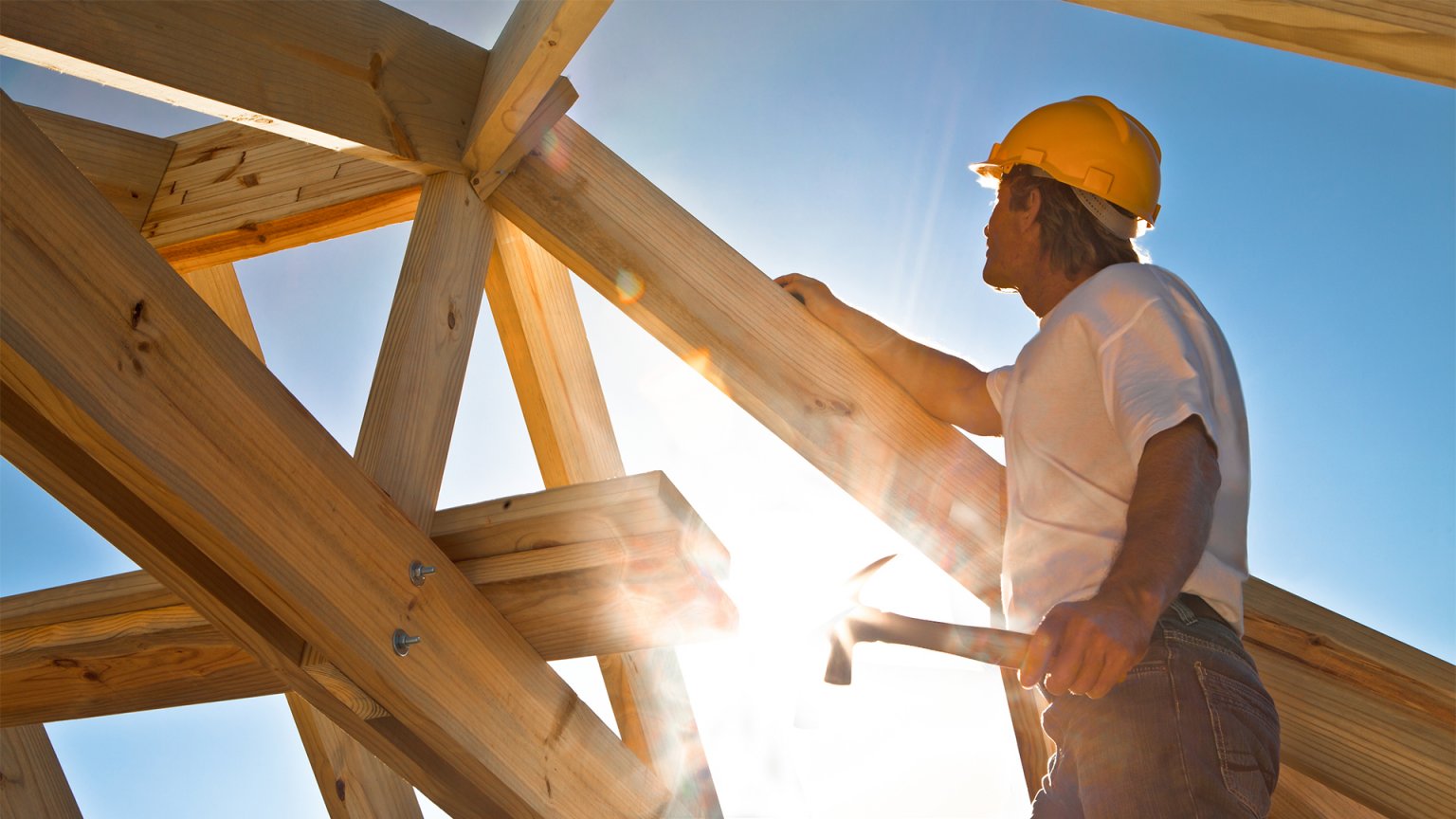
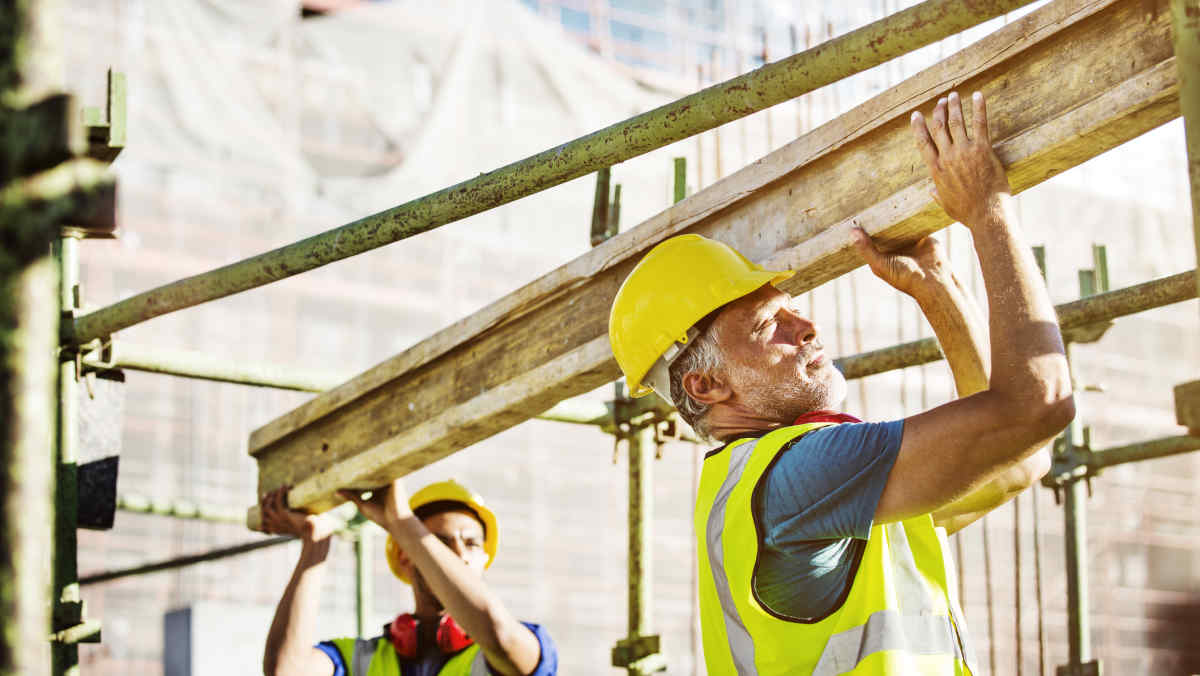
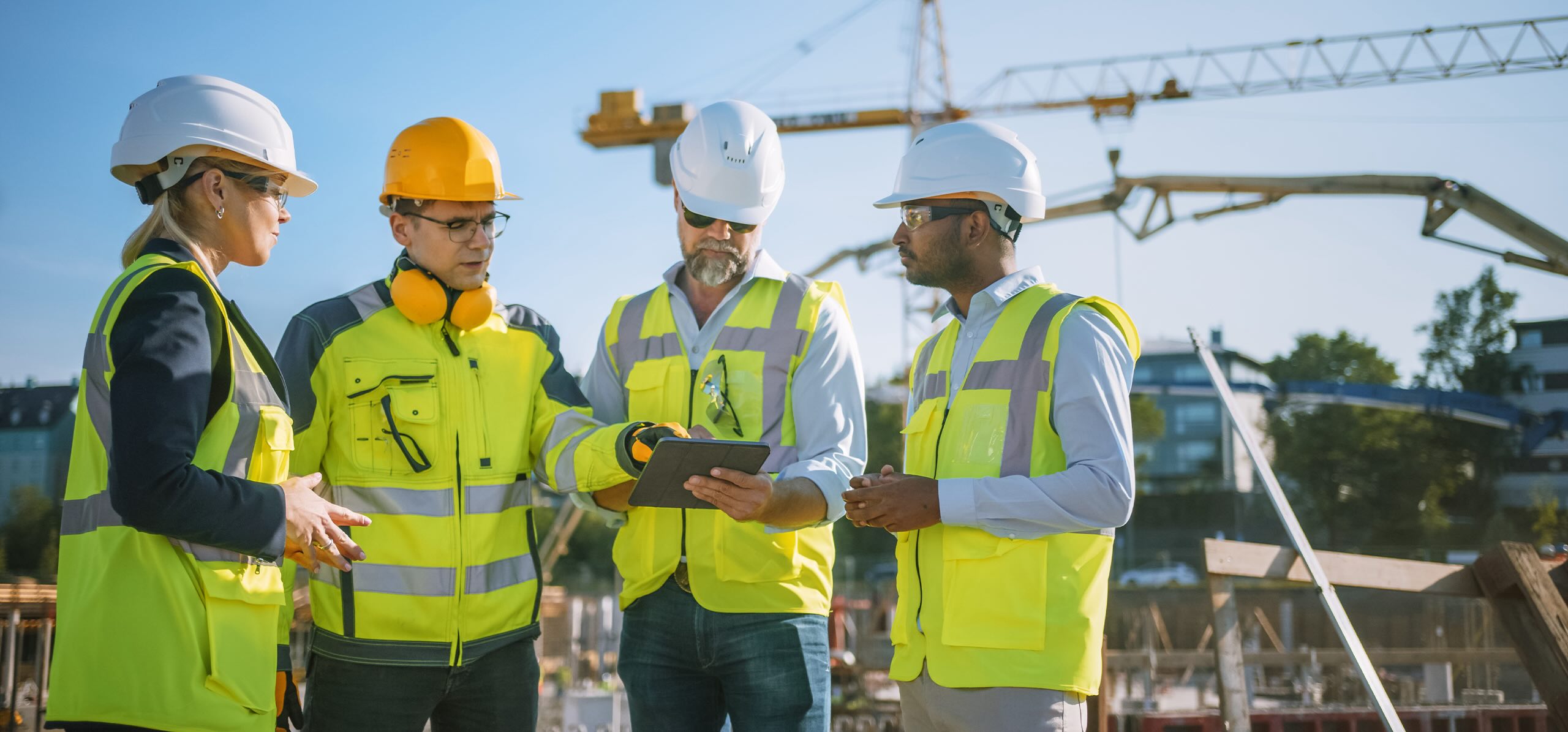
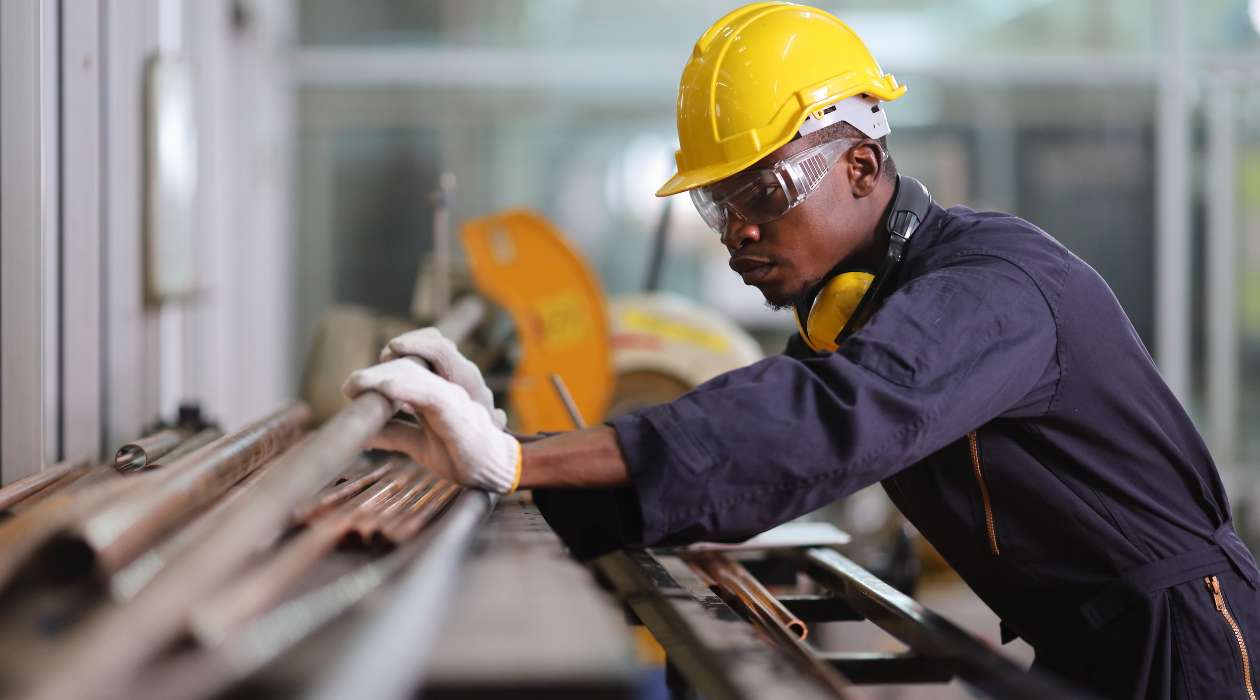
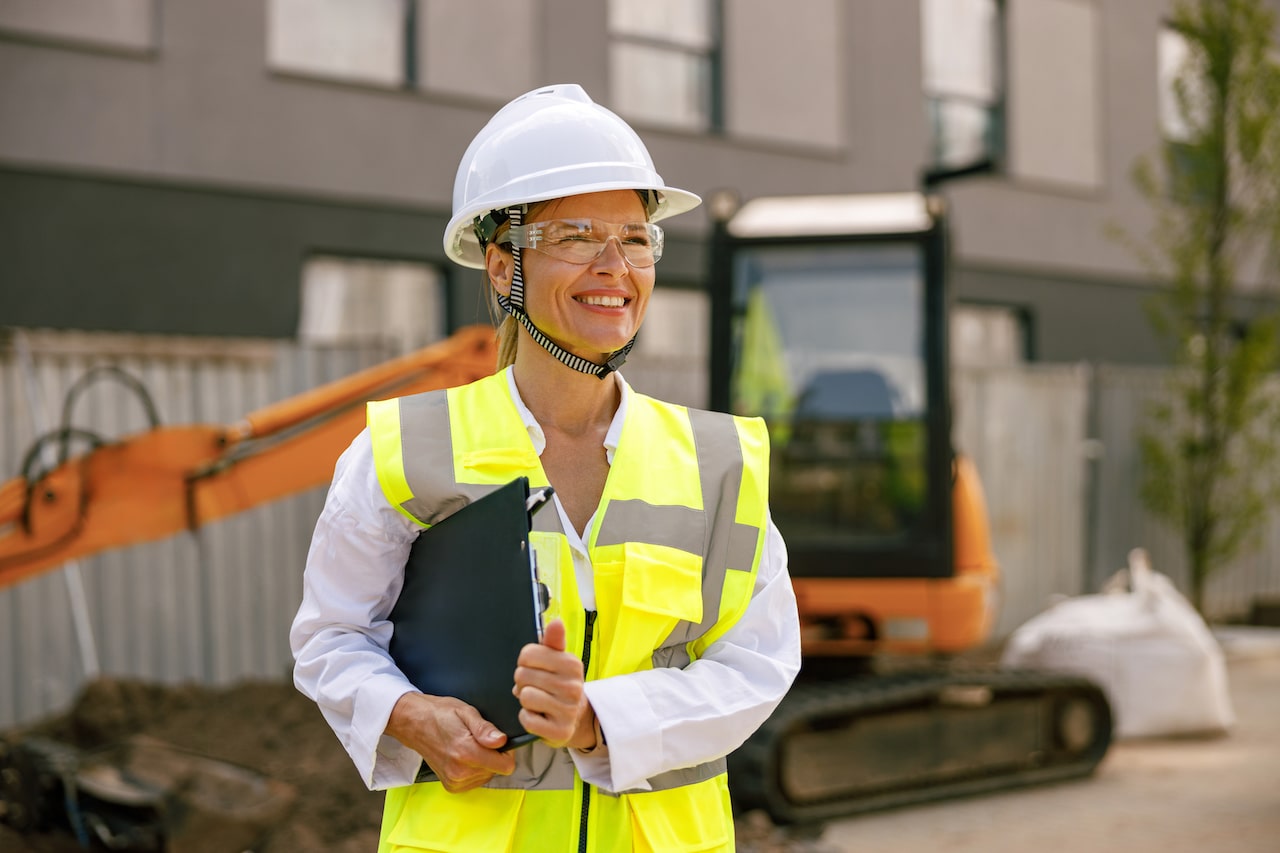
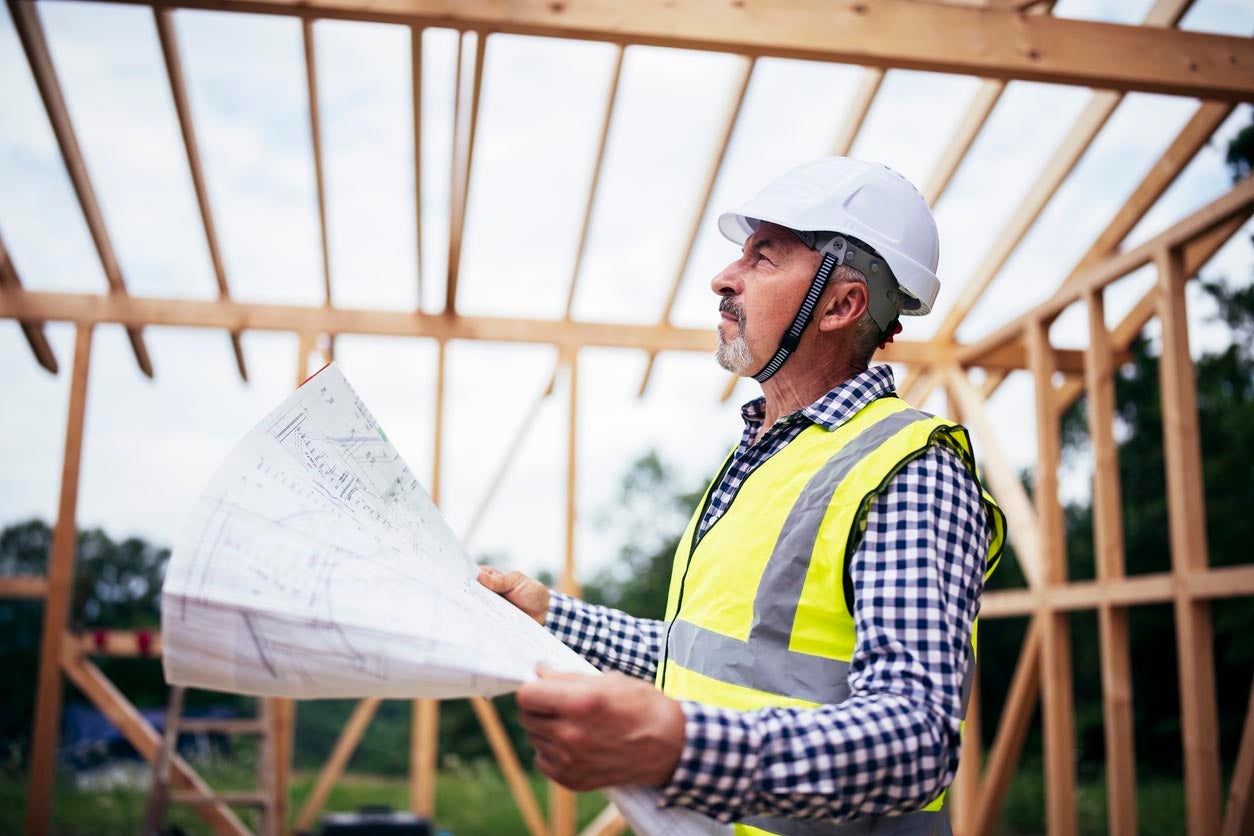
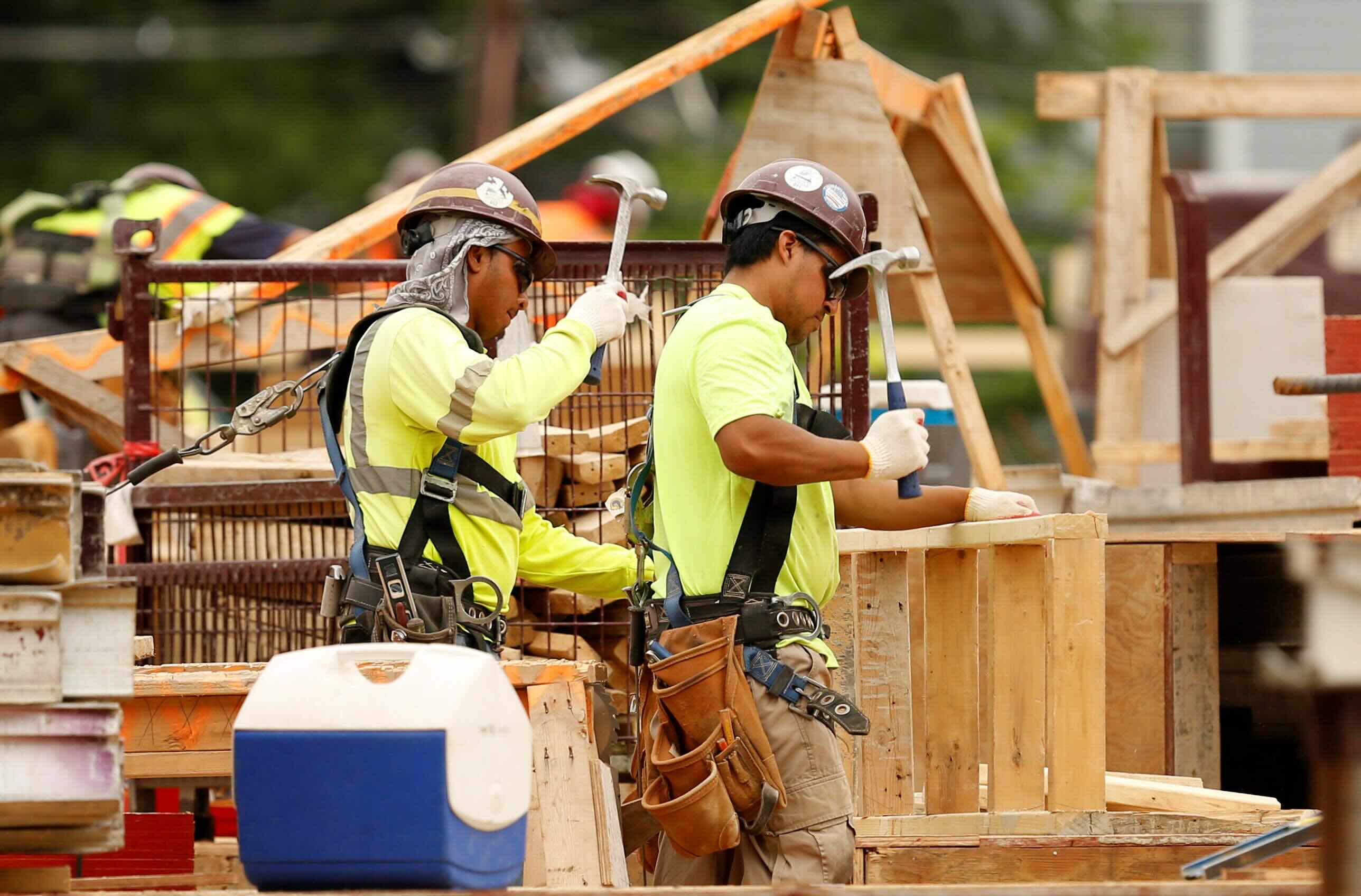

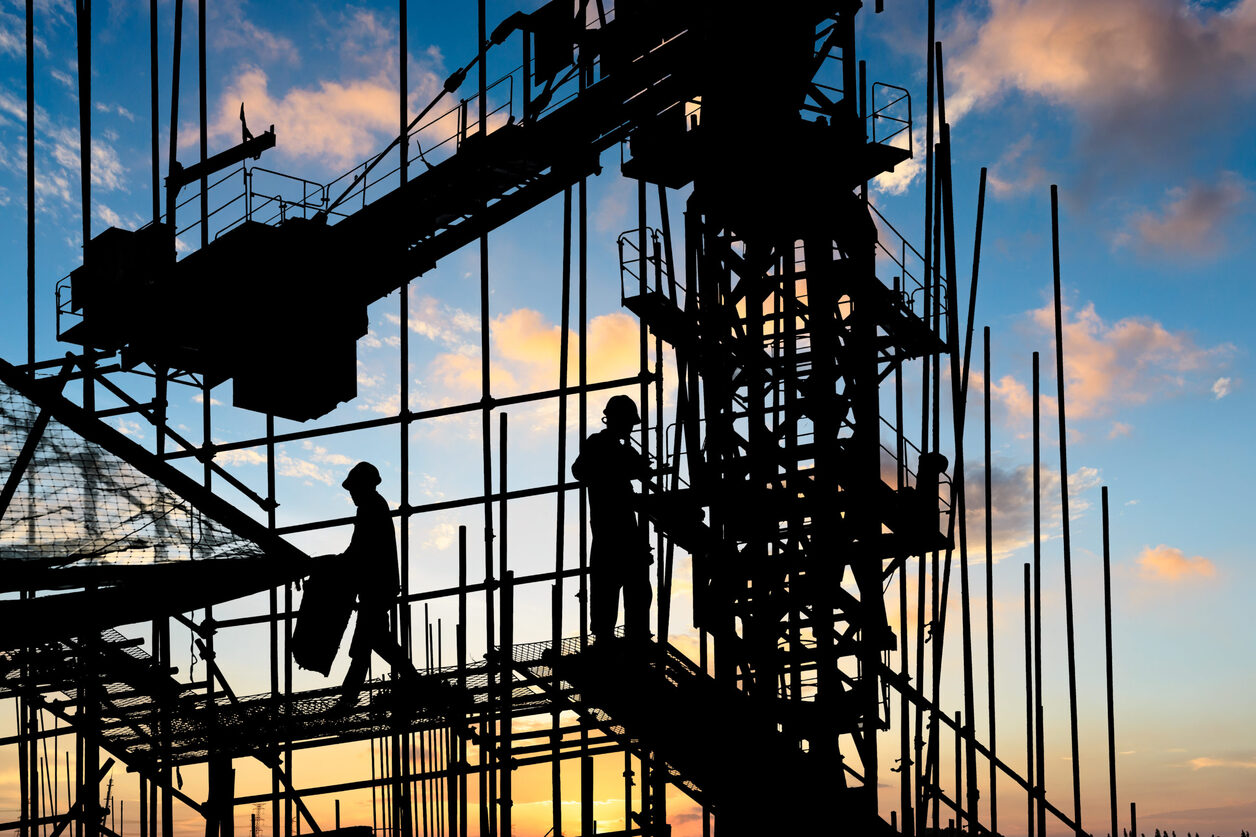
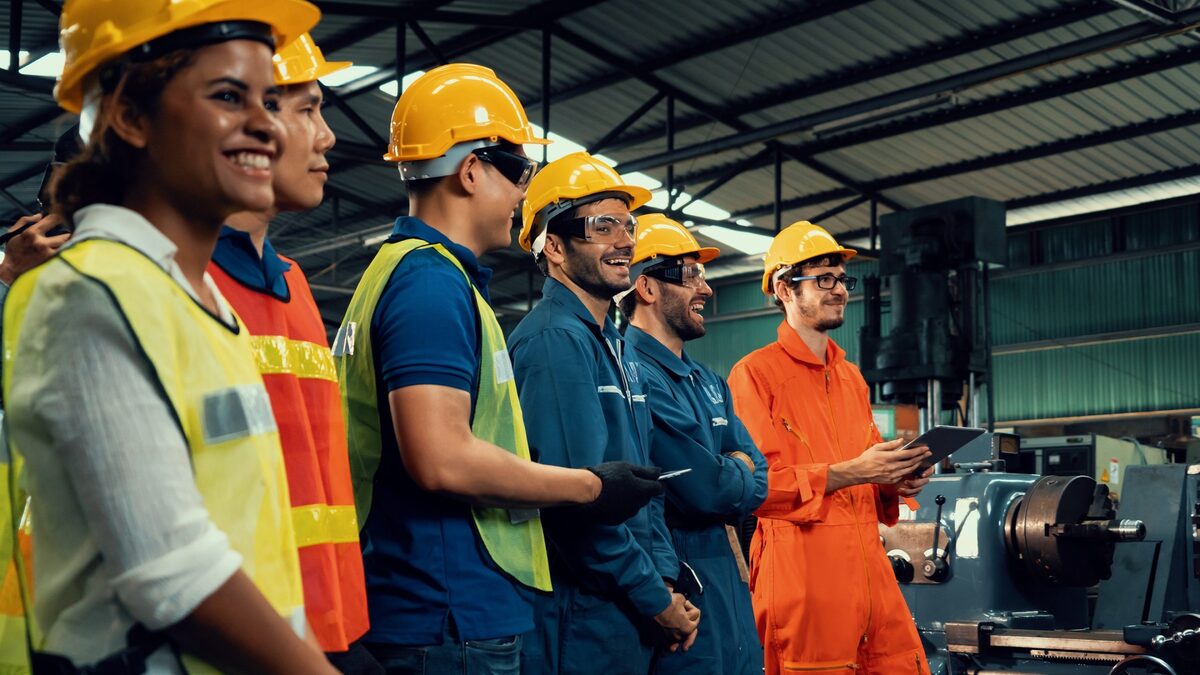
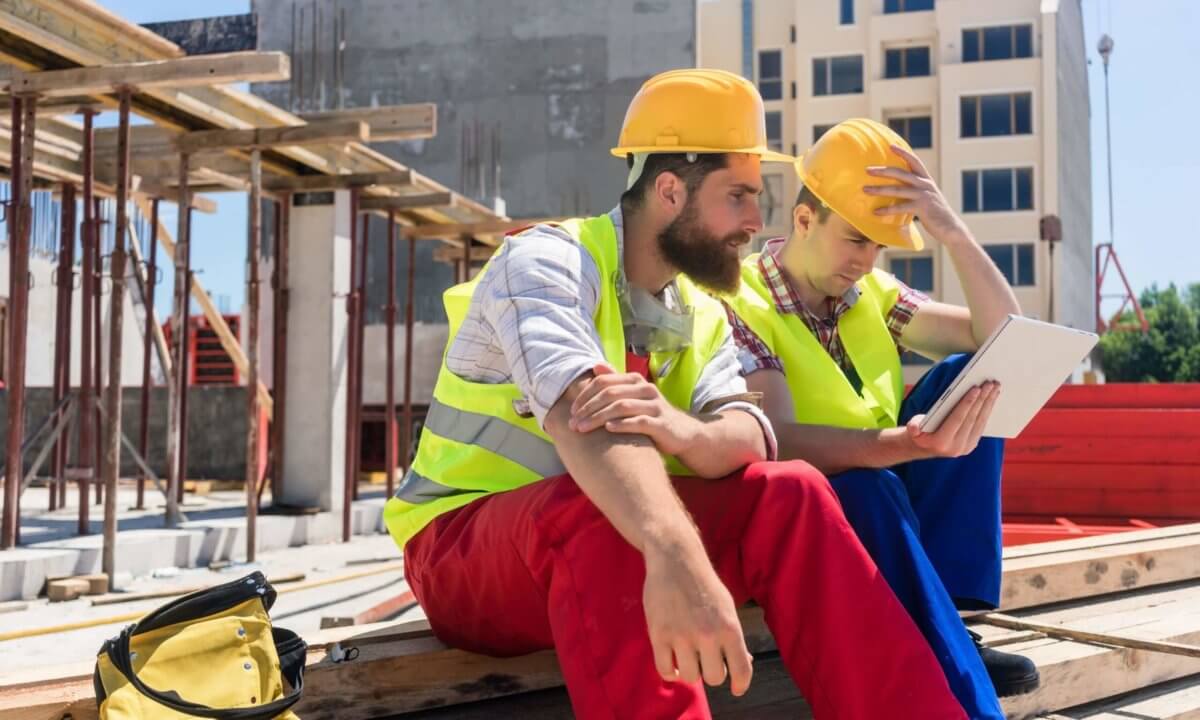

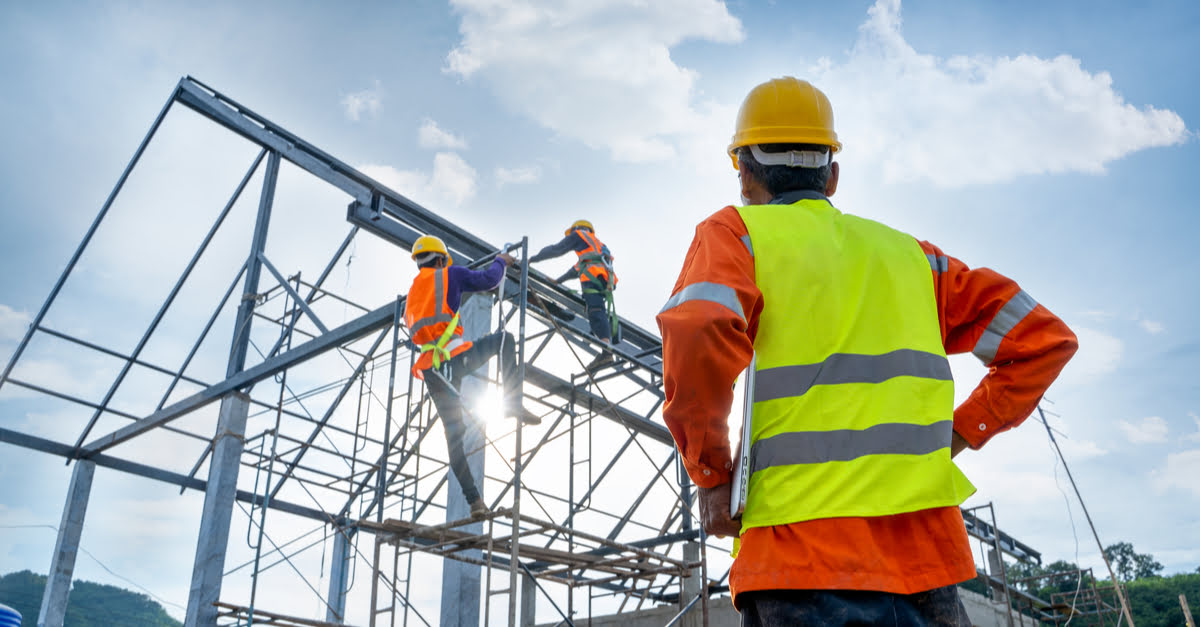

0 thoughts on “What Is Sustainability In Construction Industry”